Critical Thinking Assignment: Evaluating Claims, Logic, and Reasoning
VerifiedAdded on 2020/03/13
|8
|776
|342
Homework Assignment
AI Summary
This homework assignment delves into critical thinking, exploring key concepts such as hypothesis testing and brainstorming. The assignment requires the student to define hypothesis testing, detailing its steps and providing an example, such as the Lady testing tea example. It also explores brainstorming as a technique for group problem-solving, providing examples like group discussions and board meetings. The assignment further evaluates claims, requiring the student to analyze a given claim and identify its premises. The assignment then utilizes truth tables to assess the validity of given logical arguments, constructing tables to determine the validity of conclusions based on provided premises. The student is required to evaluate the validity of complex logical statements using truth tables, and references are provided for further reading on hypothesis testing and optimization algorithms. The assignment provides a comprehensive overview of critical thinking skills, including logical reasoning and argument analysis.
1 out of 8
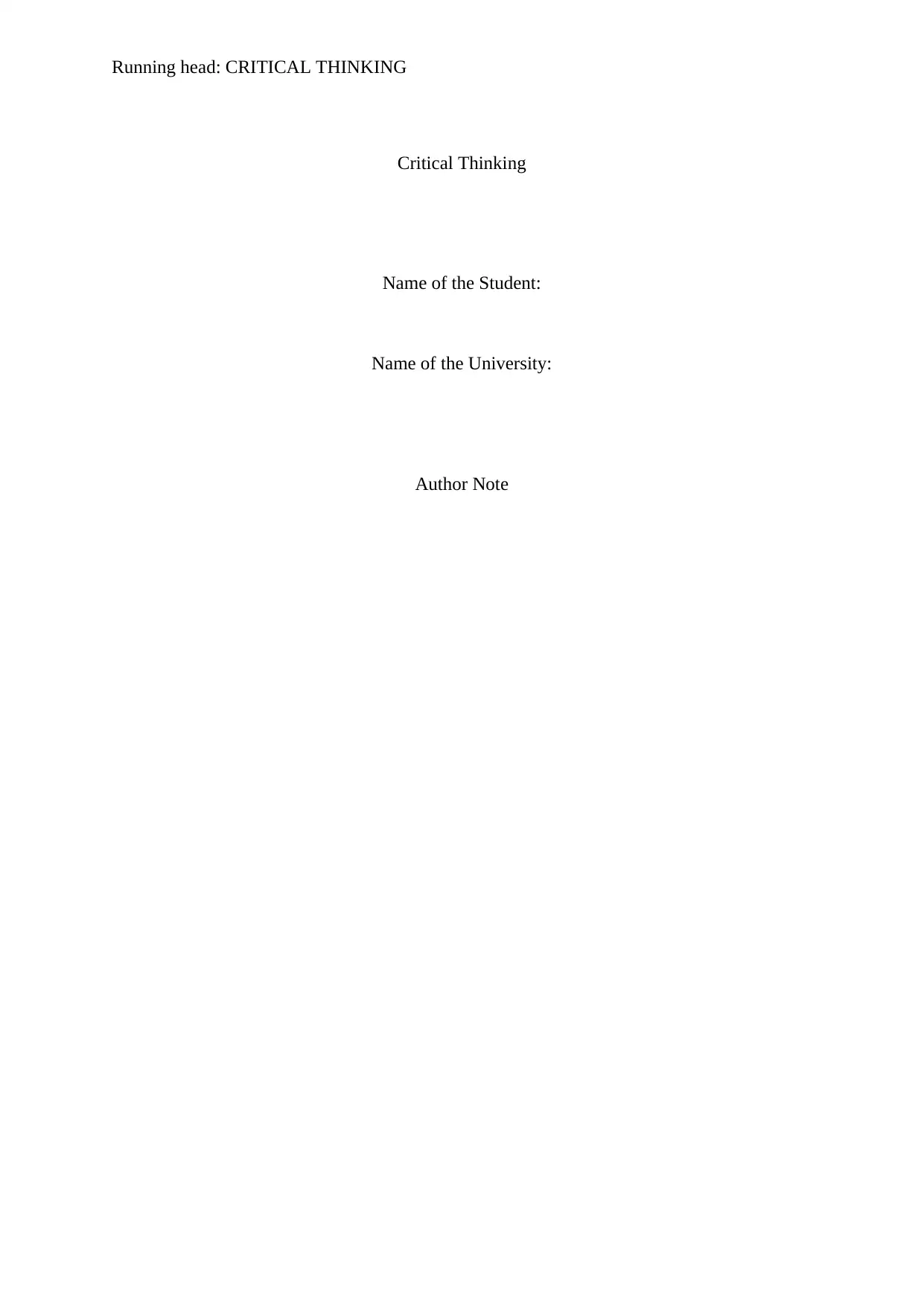
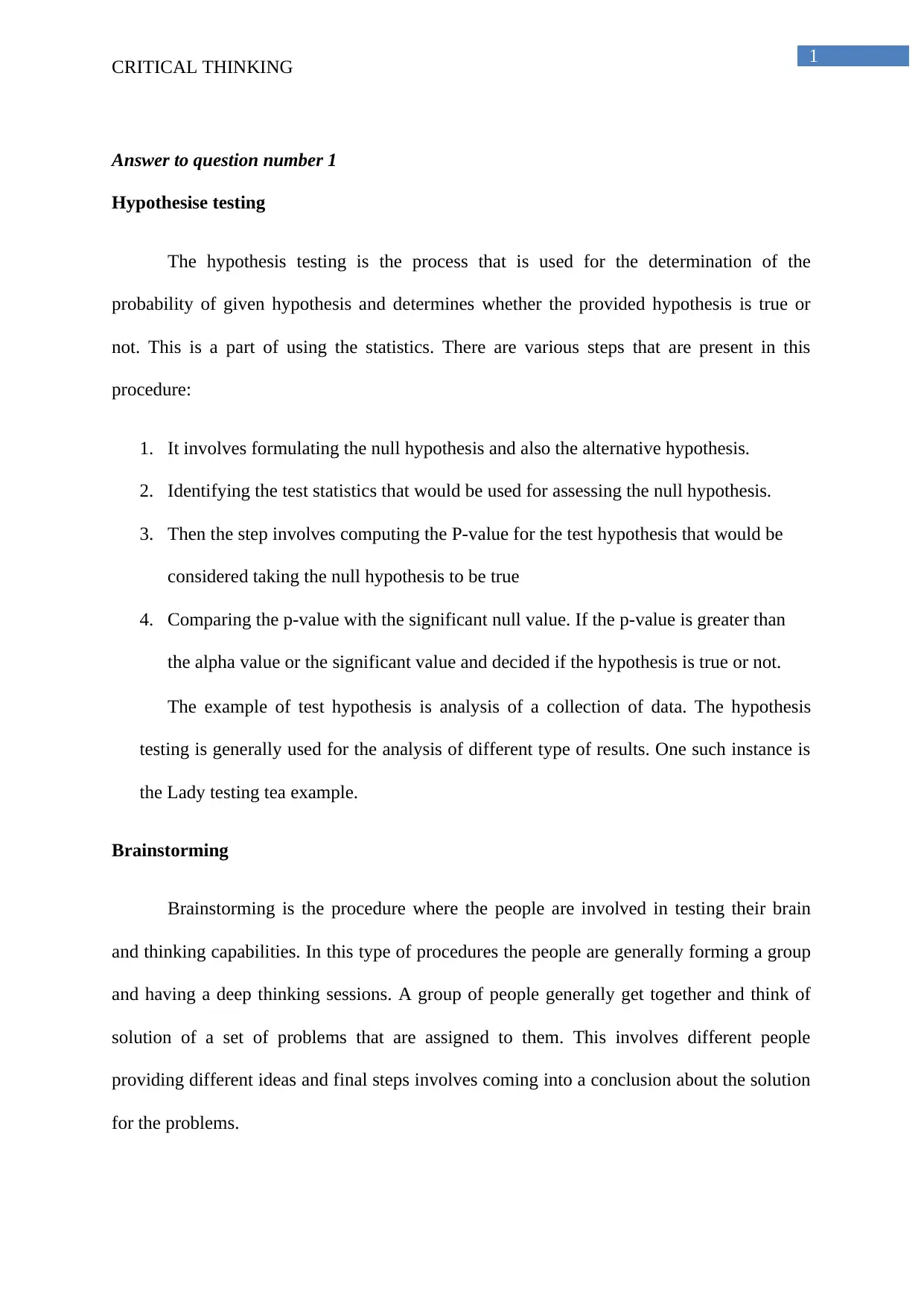
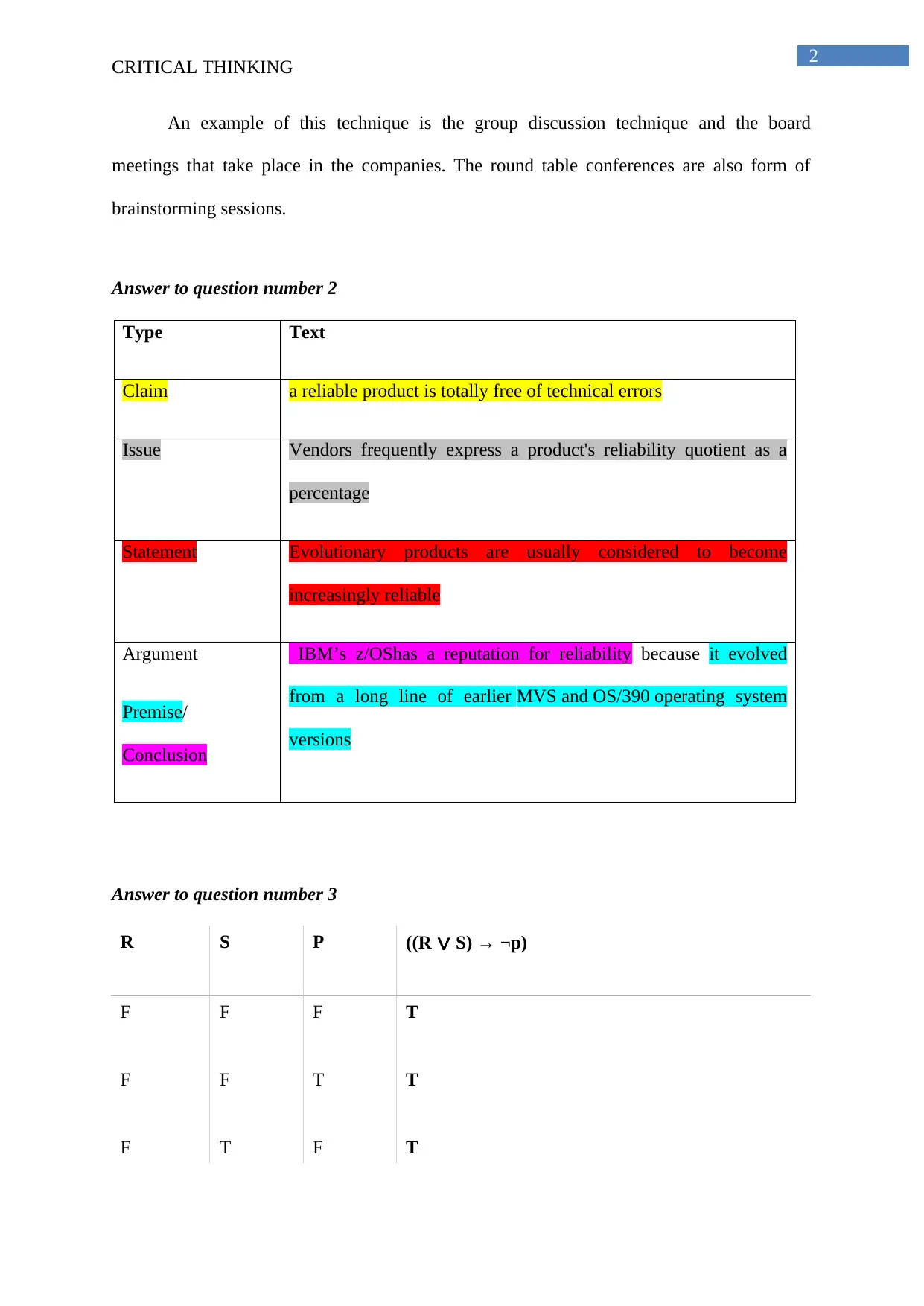
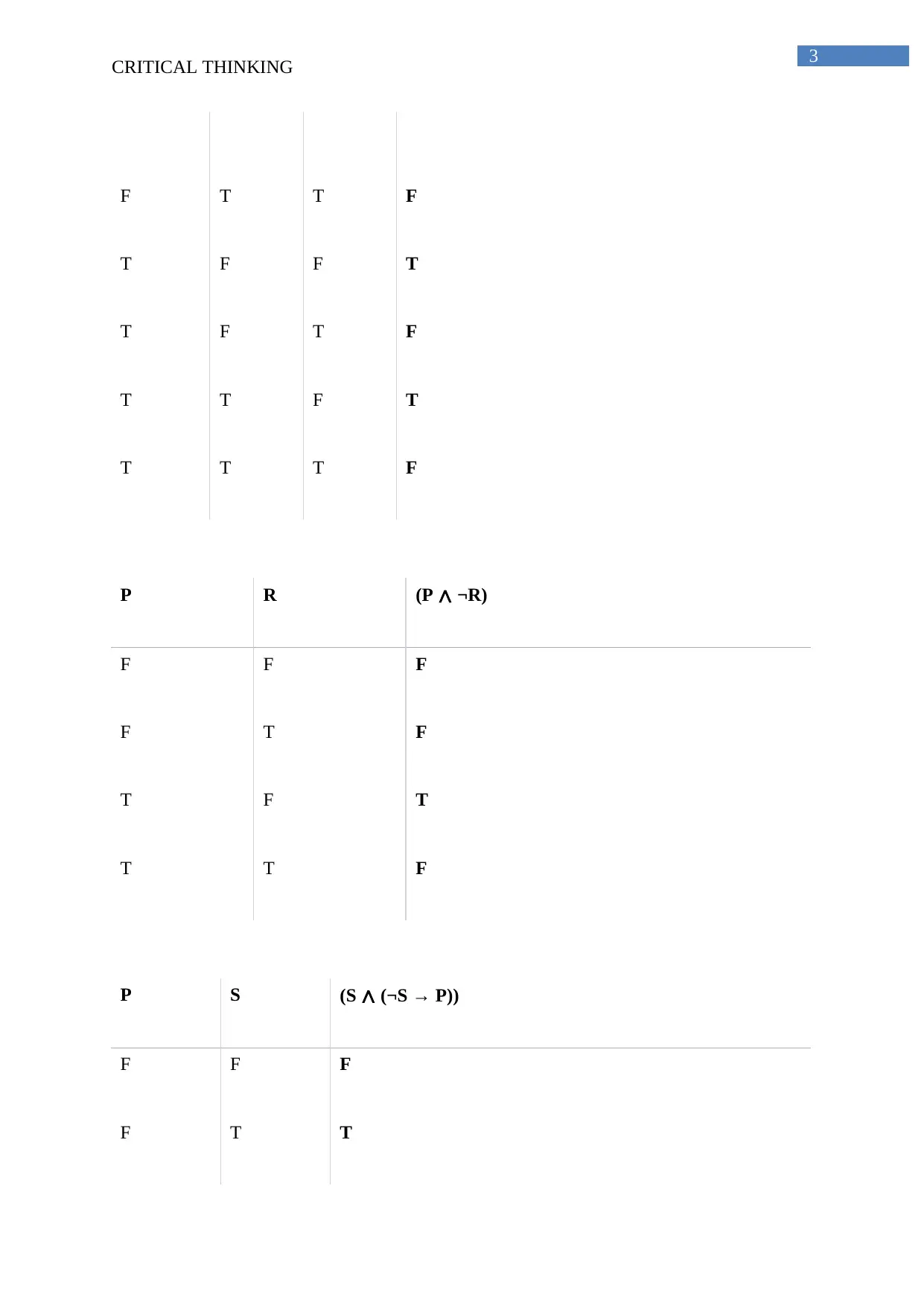
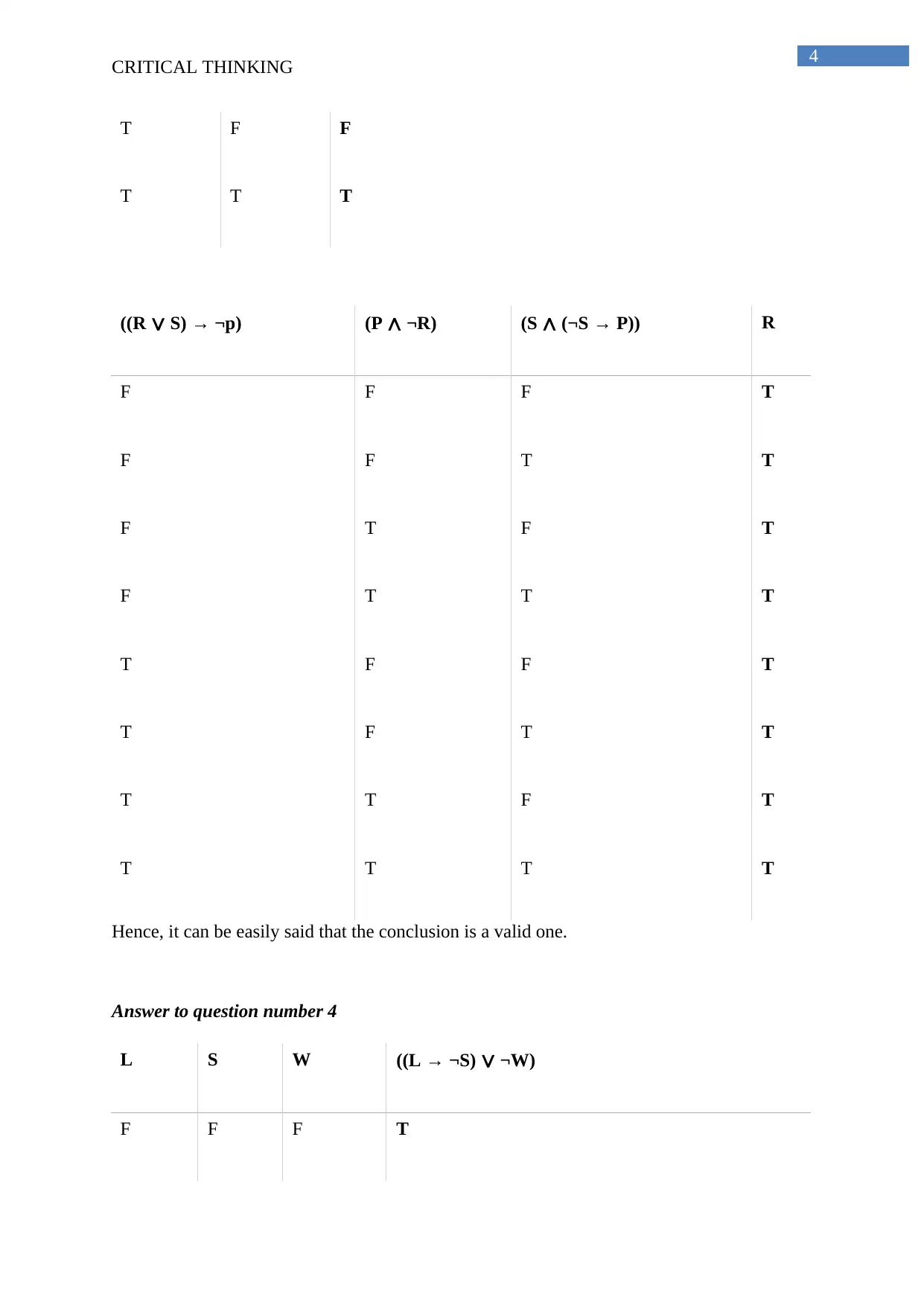
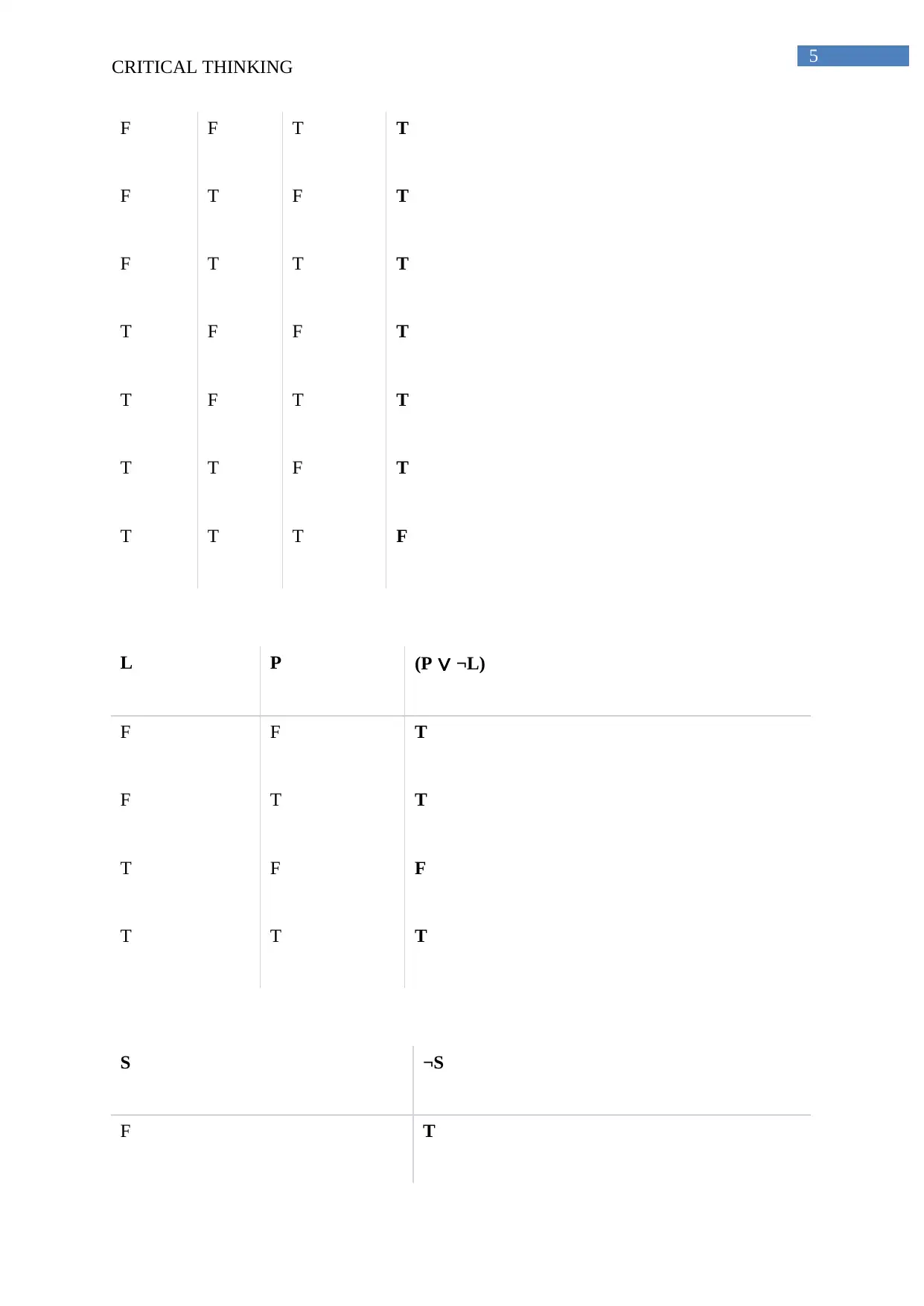
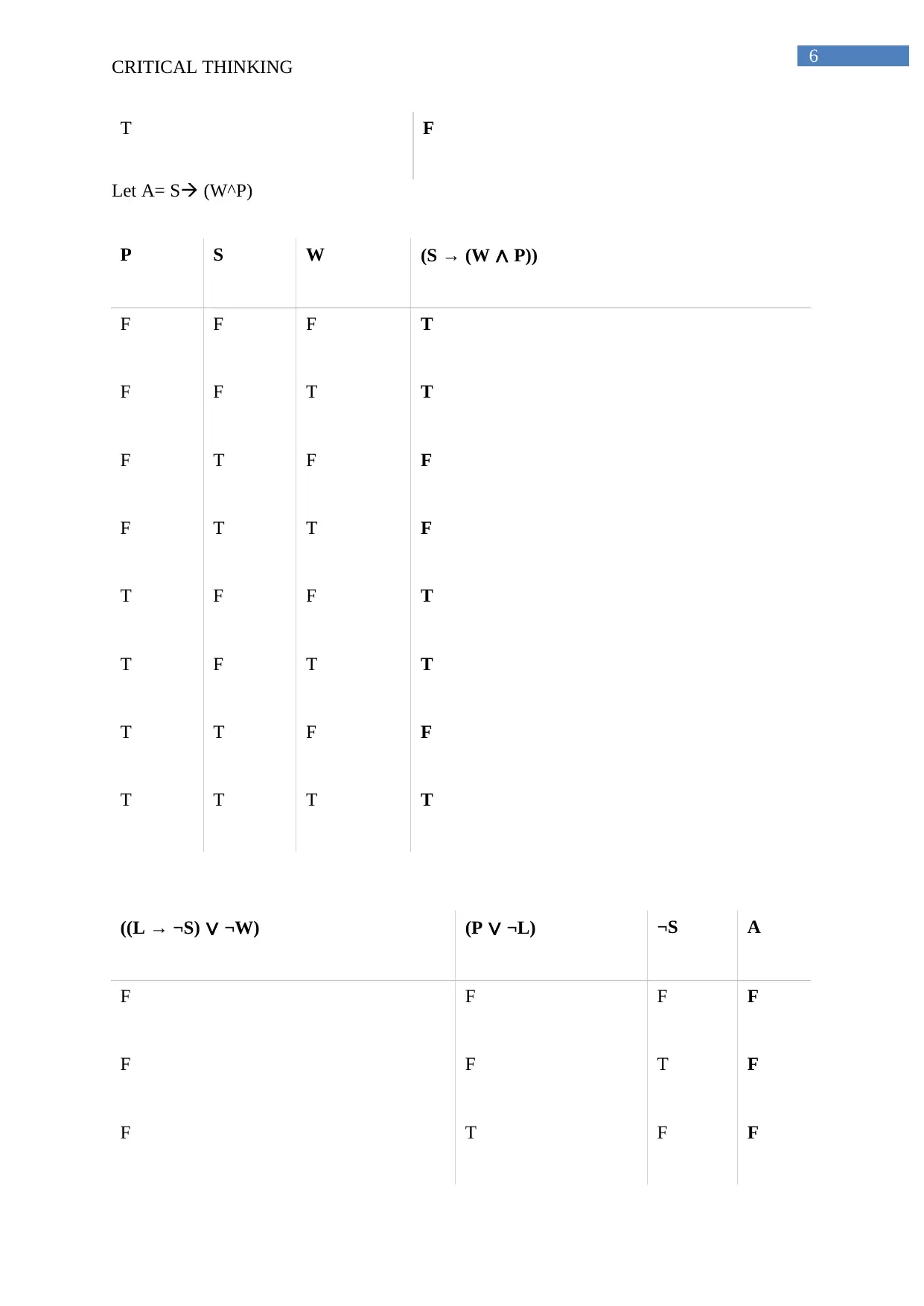
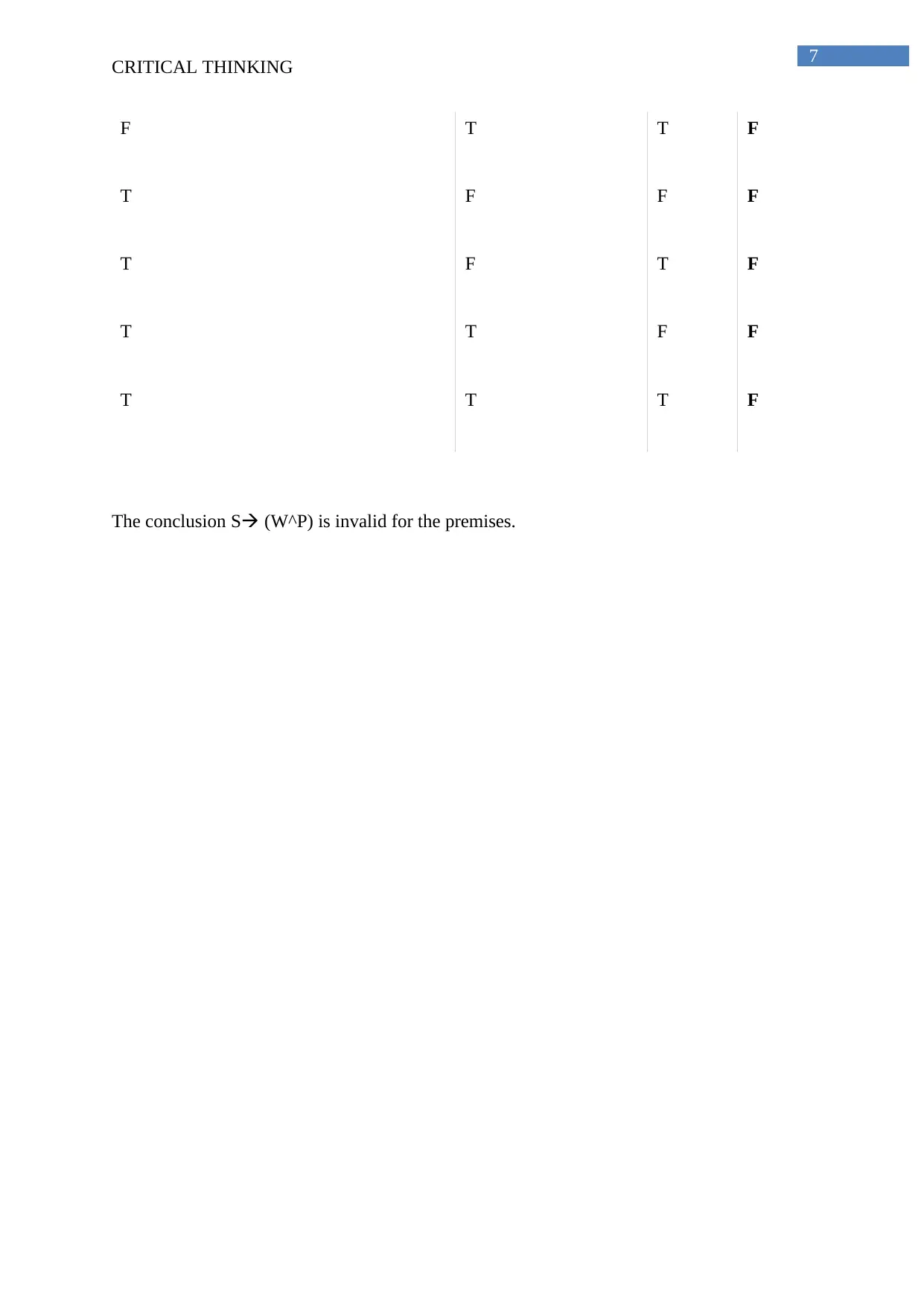




![[object Object]](/_next/static/media/star-bottom.7253800d.svg)